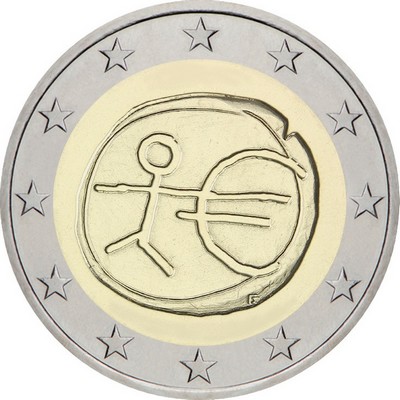
This post is also available in:
Français (French)
Introduction
In 2009, 16 European countries issued a commemorative €2 coin to celebrate the 10th anniversary of the Economic and Monetary Union. This unique coin embodies the success and integration of economic and monetary policies within the European Union. It also symbolises the commitment of European countries to the euro and their active participation in this union.
Coin description
The obverse of the coin features a stylised design of a human figure and the euro symbol (€). This abstract image evokes unity and cooperation within the European Union. The simple but evocative human figure is integrated into the euro symbol, illustrating the economic harmonisation between citizens and the single currency.
Around the central motif, twelve stars encircle the coin, symbolising the twelve founding countries of the European Economic and Monetary Union. These stars are arranged uniformly on the outer ring of the coin, representing unity and solidarity between the members of the Union.
The inner part of the coin, with its two-tone appearance, uses two different metals, reflecting the complexity and sophistication of the European Union. The contrast between the gold centre and the silver outer ring draws attention to the central design. In addition, this two-tone design reinforces the message of integration and diversity within the Union.
Conclusion
In conclusion, the €2 coin issued by 16 European countries in 2009 to commemorate the 10th anniversary of the Economic and Monetary Union is a strong symbol of European unity. Its thoughtful design, with the human figure and the euro symbol, reflects economic harmonisation and cooperation between the member countries. This commemorative coin is not only a tribute to a decade of monetary success, but also a reminder of the continued commitment of these 16 countries to the European Union.
Anecdote
As with the joint issue commemorating the 50th anniversary of the Treaty of Rome in 2007, with Luxembourg imposing the portrait of the Grand Duke, the Luxembourg coin is struck in watermark with the portrait of the latter.
The Netherlands has the same law, but the latter is repealed for common emissions.
Four reasons were proposed but were not retained, here they are:
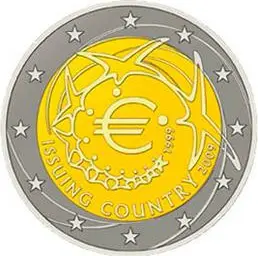
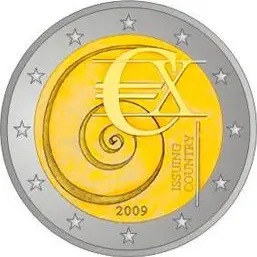
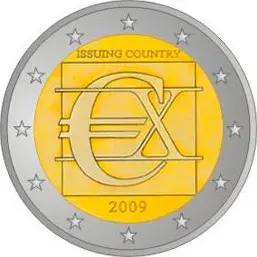
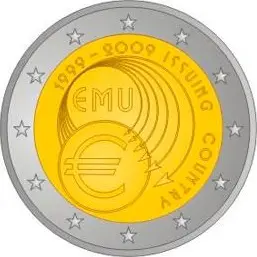
Official Journal: 2008/C 315/04
Coins issued by 19 countries:
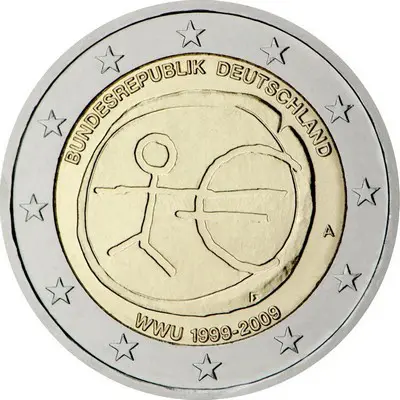
 Germany
Germany
Total mintage: 30,650,000 (from 5 ADFGJ mints)
Proof: 350,000
BU: 300,000
UNC: 30,000,000
Rarity:


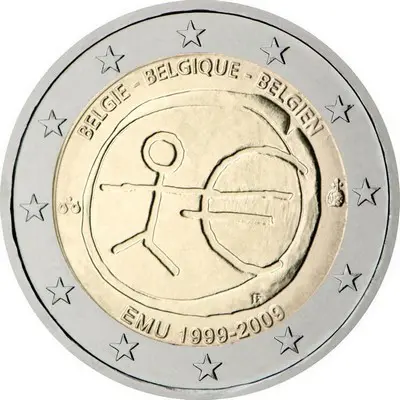

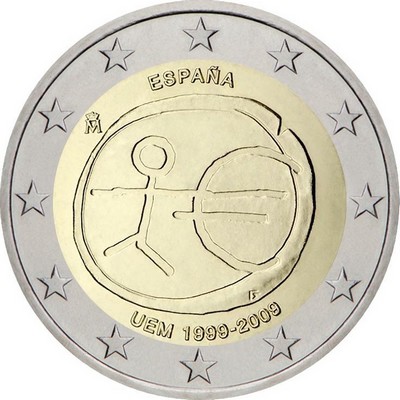
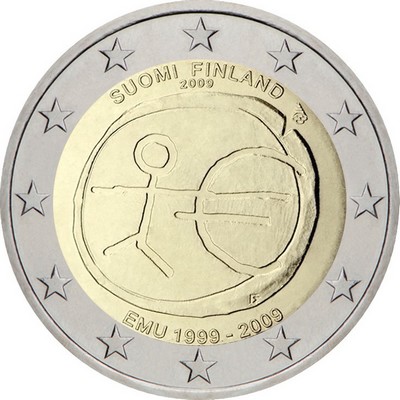
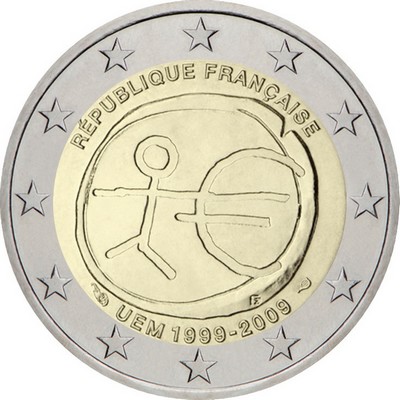
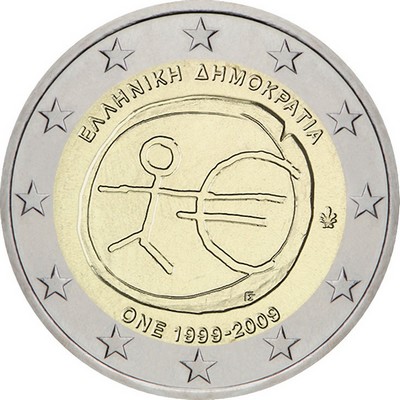
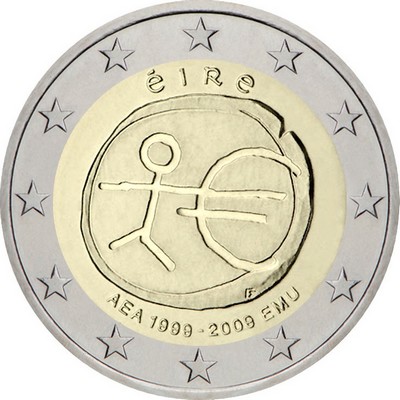
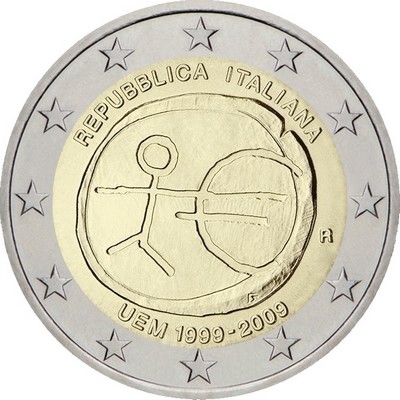
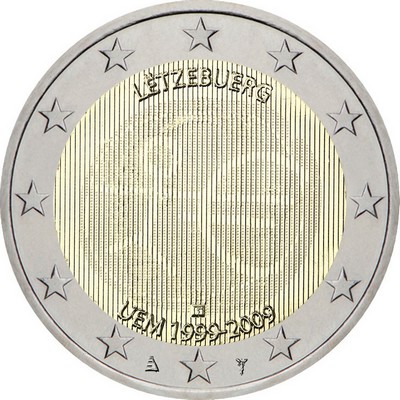
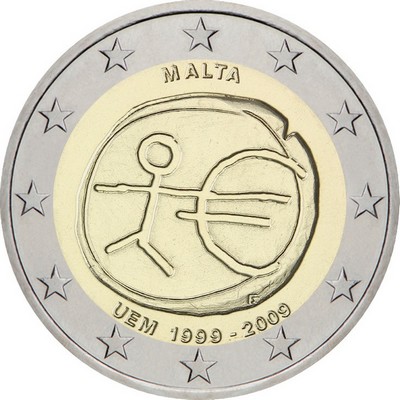
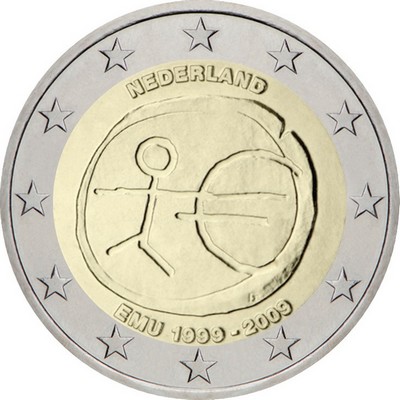
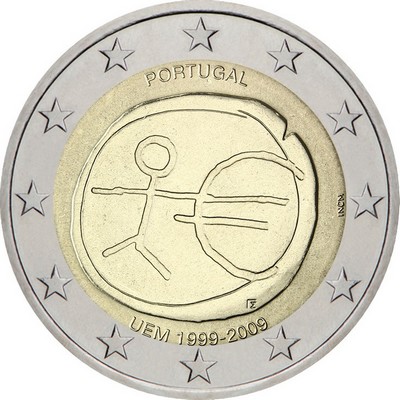
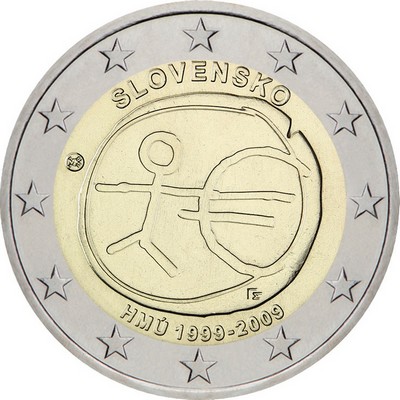
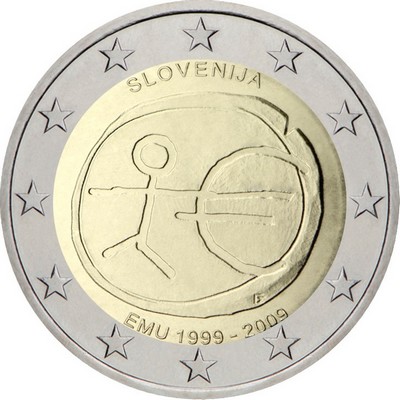
Leave a Reply